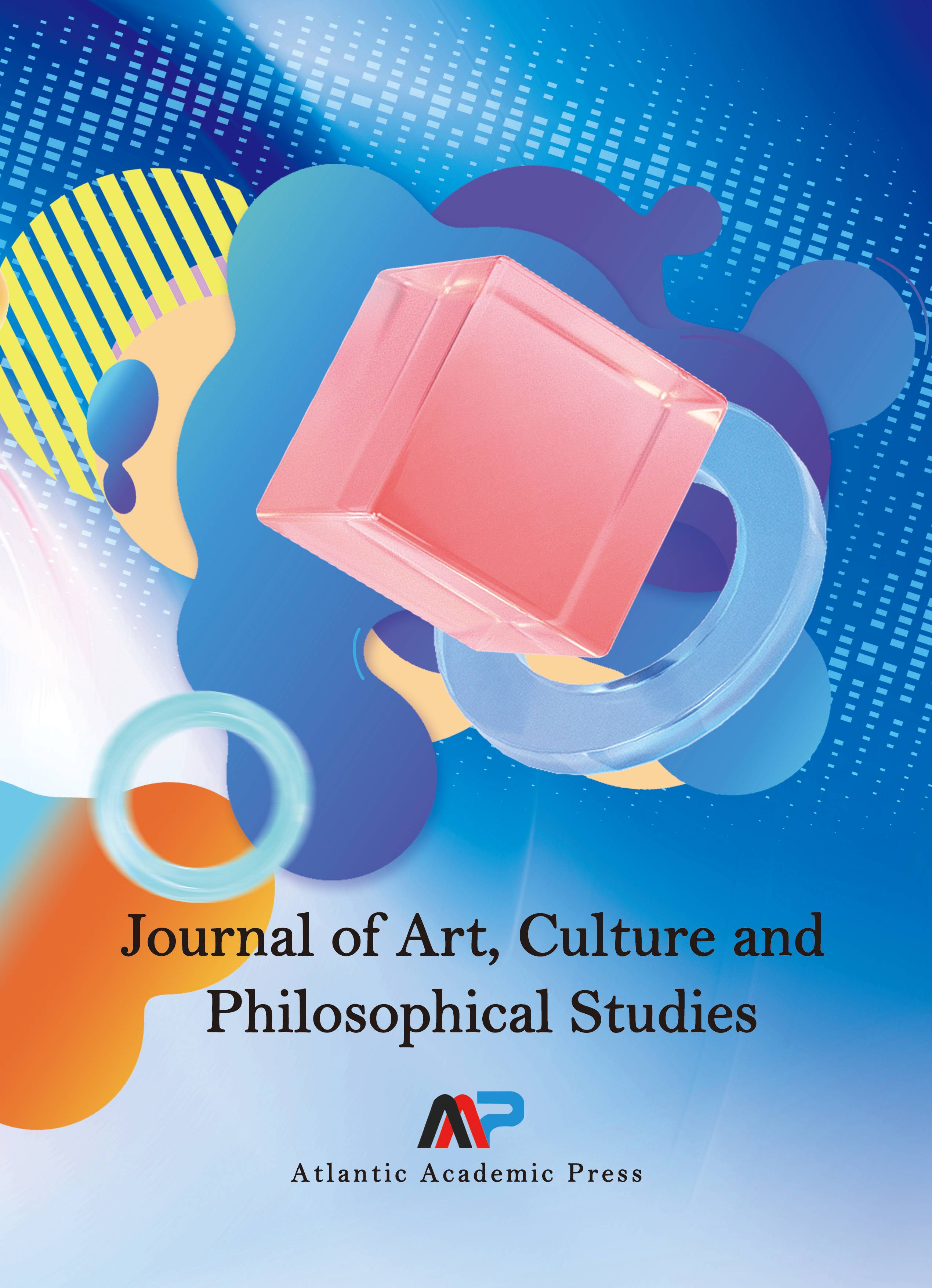Analysis of the Differences in Music Perception under Different Emotional Contexts
DOI:
https://doi.org/10.70767/jacps.v1i3.391Abstract
Music, as a unique art form, plays a significant role in emotional perception and expression. This paper explores the differences in music perception and its underlying mechanisms under different emotional contexts. By analyzing the varying perceptions of music rhythm, pitch, melody, harmony, and timbre in positive and negative emotional states, the study reveals the profound impact of emotional states on the music perception process. The research finds that positive emotions tend to promote a preference for fast tempos, high pitches, and harmonious harmonies, while negative emotions enhance the perception of low, slow rhythms and emotionally deep timbres. Additionally, the role of emotional regulation in music perception is examined in detail, indicating that music can not only serve as a tool for emotional regulation but also influence an individual’s music choices and perceptions through different emotional regulation strategies. The findings of this study hold significant practical value for fields such as music therapy, education, entertainment, and cross-cultural music education, offering new perspectives for future research and practice.
Downloads
Published
Issue
Section
License
Copyright (c) 2025 Journal of Art, Culture and Philosophical Studies

This work is licensed under a Creative Commons Attribution-NonCommercial 4.0 International License.




